HIkers often have an unfortunate reputation of loving to offer unre requested advice, and I can admit that sometimes I fall into this stereotype. It is difficult to make so many mistakes and No I want to prevent other people from having the same bad experiences that I have already had to suffer.
However, at the end of the day, what makes you happy on any walk is so personal, changing and, most importantly, none of my affairs! Looking back, these are six tips that I have given to the hikers for which I am no longer?
1. You don’t need to train before a walk
Once I told people that they did not need to prepare physically, and that the physical hiking aptitude simply «enters the way.» While it can generate resistance as it progresses, from zero makes the first days miserable and increases the risk of injuries. Even light training (daily walks, stairs or short walks with a package) is worth it.
That said, I maintain the idea that no amount of physical aptitude will deny the need for Start slowly. It is incredibly unlikely that their tendons, joints and bones adapt to hiking tension throughout the day, and the best way to avoid injuries is to relieve in a greater daily mileage.
Anyway, you will be tired, but you will be less tired if you have a bit of resistance and strength with you from the beginning. Here are some simple gymnastics exercises to help him with his hiking. Photo
I also maintain that physical aptitude should not be a barrier for someone who expects to learn to walk. There are walks out there for each level of skill, and do not let that persistent voice in your head prevents you from taking the step because you cannot run a marathon.
2. Do not exaggerate for your first trip
I used to warn beginners not to bring too much. While the weight of the weights is important, cutting too aggressively can mean leaving behind the things that make a trip safe or pleasant. In a first excursion, it is better to exaggerate a little and learn what you do not use than to pack and find cold, hungry or without preparation.
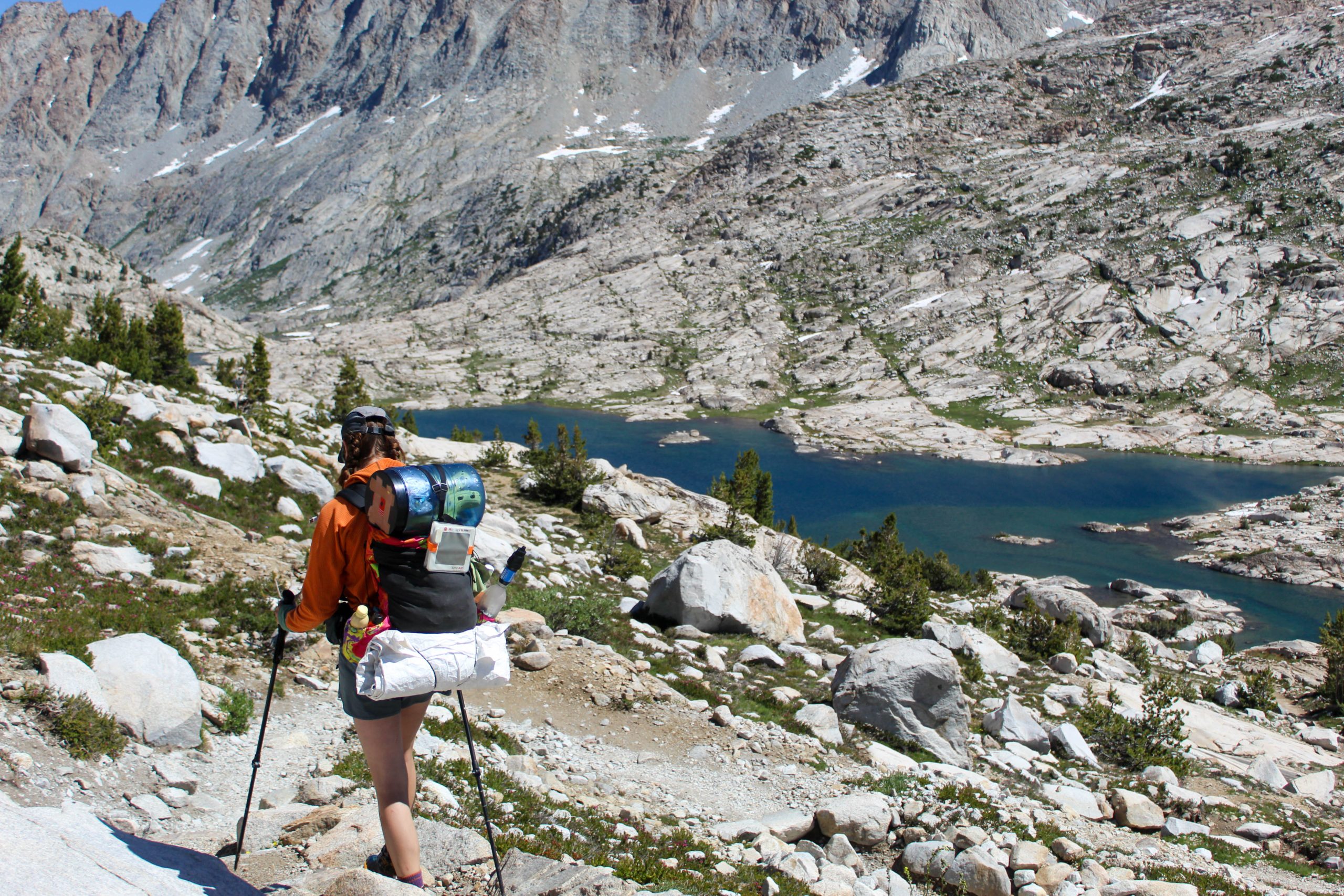
Besides, I love bringing all my things and things. Baratijas make life worth living. Photo
My first backpacking trip was a comedy of errors in what I brought, including many, many Founds of team did not touch once. However, it made me more comfortable to know that, if I wanted something, I probably had it somewhere in the black hole of a bag that brought with me.
Part of learning to backpack is to feel comfortable with the exterior with less with less, and I would change my shoulders and return for that security until I built more confidence in myself.
3. Never use cotton!
The old rule about «cotton kills» is an excessive simplification. Cotton dries slowly and is not great in cold and humid conditions. But in warm and dry climate, a cotton shirt can stay cooler and more comfortable. Instead of a general prohibition, the best advice is to match the fabric with the environment.
Cotton has its disadvantages: it clings when it is wet, it is easily irritated and can be dangerous if you are trapped with cold rain. I have had miserable nights trembling in humid cotton shirts, and I would not recommend it for alpine conditions. But I have also walked in the desert in the summer peak, when the slow drying fabric kept me cooler than any fast drying shirt. Cotton flags and buttons are still basic to me in arid and hot environments.
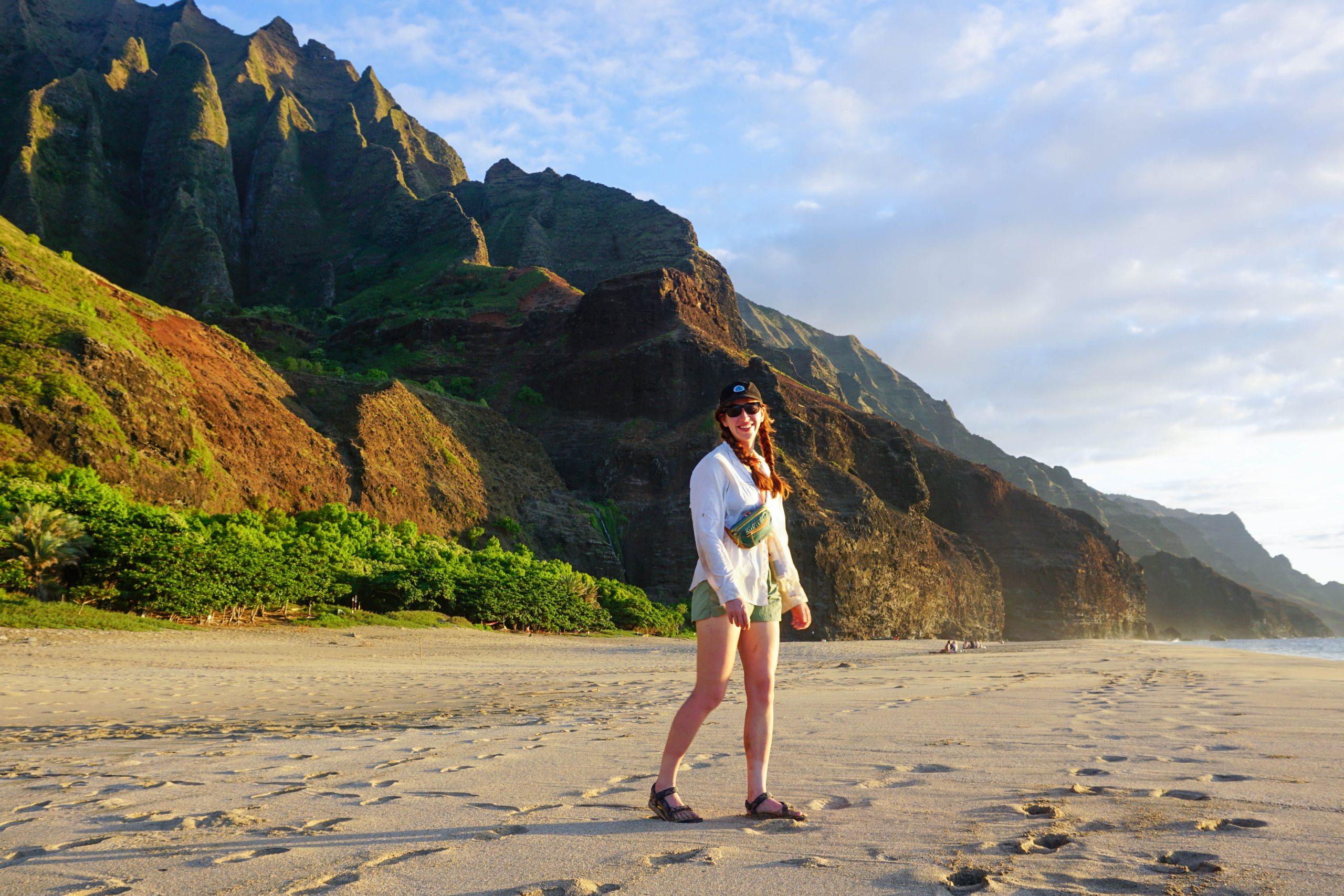
On the Nā Pali coast, my cotton shirt was the most comfortable thing I had with me. Photo
The choice of the fabric must be situational, not absolute. If you are in the Sierra in June, avoid cotton layers at all costs. If you are in the Grand Canyon in July, that cotton shirt could be the most comfortable piece of equipment you bring. Instead of saying «never use cotton», I would like to have told people: consider the weather and conditions that you will face and learn what works for you.
4. Take this alternative, don’t go that way
I have ordered people to «improve» alternate or discourage certain routes, assuming that my preferences universally applied. The reality is that hikers value different things: landscapes, loneliness, challenge or efficiency. Suggesting options is fine, but saying «omitting this» eliminates someone’s opportunity to form his own opinion.
In addition, part of the joy of a long walk is the surprise of what is just around the corner. I may be trying to share the joy and emotion I experienced in a section for someone to pump for it, but inadvertently I could take away the element of how unknown the section made me love so much.
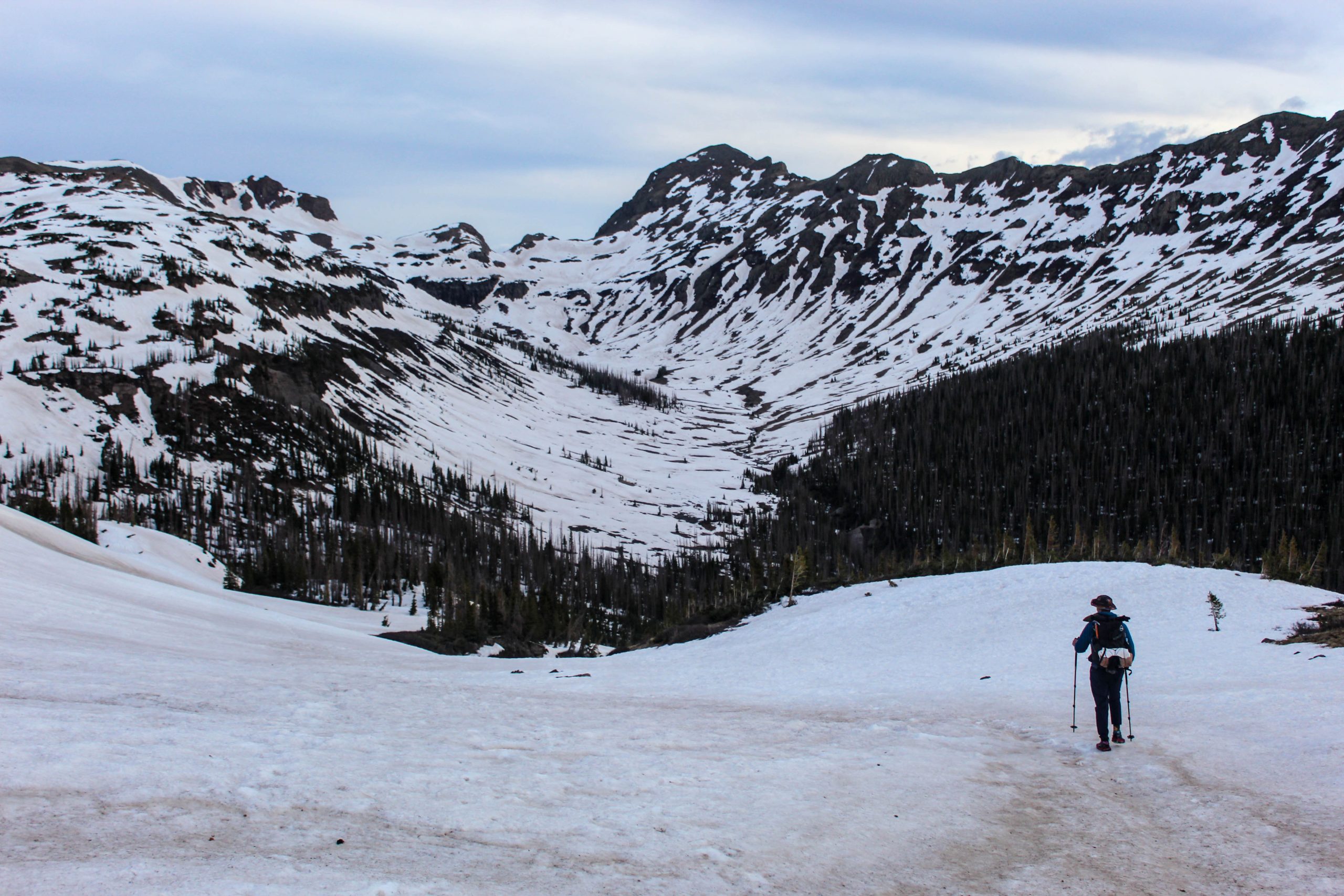
Anyone who tries to make you feel bad for the way you obtained from point A to point B is very insecure in his own trip. I have never seen an exception to this statement. Photo
Especially on a path of «choosing your own adventure» as the CDT, it is important to breathe deeply and recognize that someone else who does a different route option does not mean that your choice was not the best decision for you. There is no need to treat someone to follow their example. With luck, your choice will be the best decision for them!
5. You have to try this new piece of equipment
The new team always feels like a game change, and I hurried to recommend what worked for me. The problem is that the team is very personal. Package shape, shoe adjustment, stove configuration: what I swear may not adapt to another person. I have learned that it is better to share why I like something to frame it as essential.
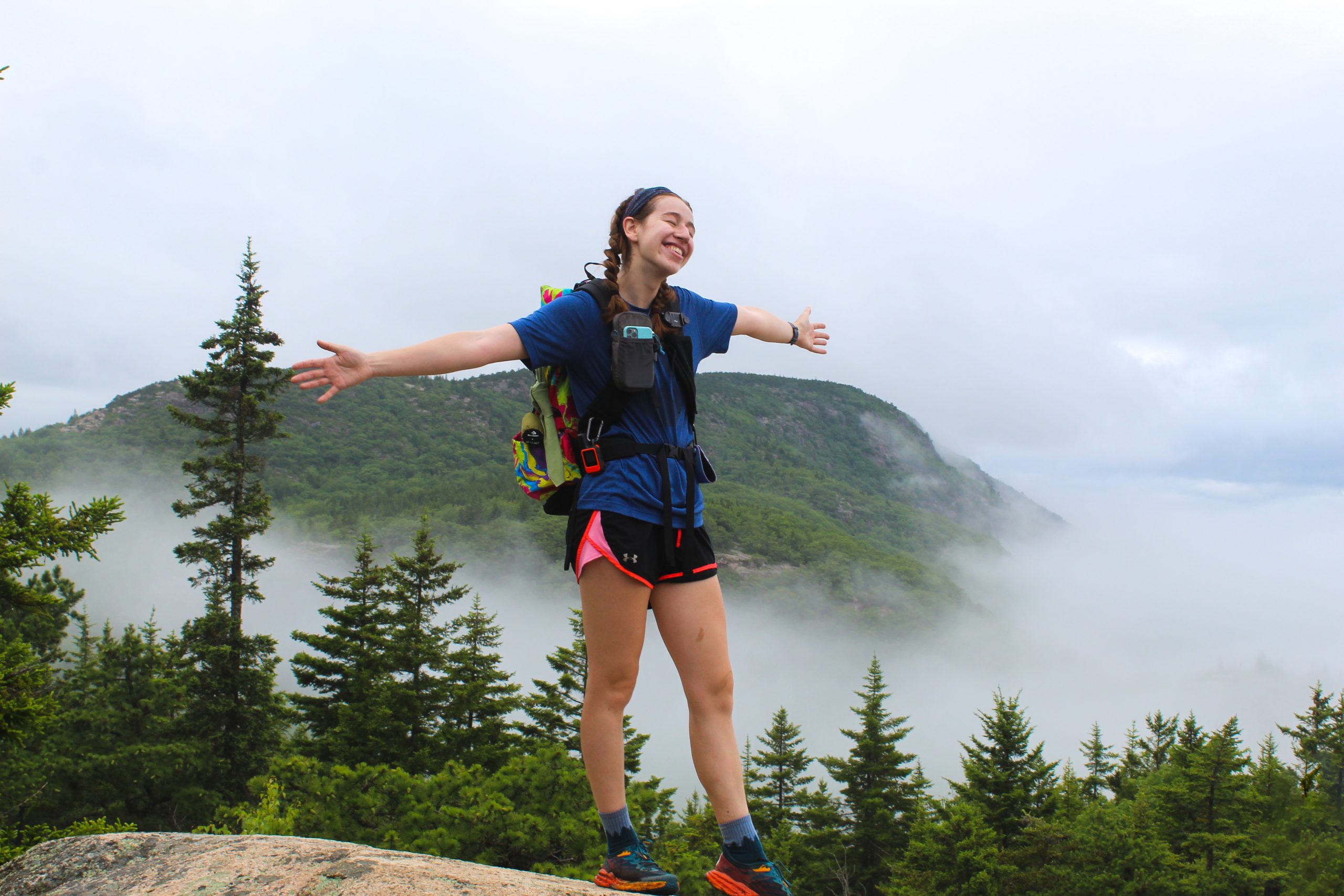
Especially when it comes to clothes, what you have in your closet is probably fine. Buying new things can be fun, and I am more than guilty of that, but I never feel like you has to. Photo
And, more than that, the chances are that You don’t need new equipment. Most of what you have in your closet works as well as that elegant, expensive, ultralight and new device.
Sometimes, I am too excited about a new colorway or a slight modification in a backpack and I am telling my friends to have To try it, just to step back and realize that I am contributing to the culture of excessive consumption in the outdoor industry.
6. Start small
I thought that facilitating with short walks was the safest route. But some people prosper jumping to a great challenge, such as a long section or even a walk, and adapting as they advance. The key is not always to start by little but begin in a way that coincides with someone’s personality and motivation.
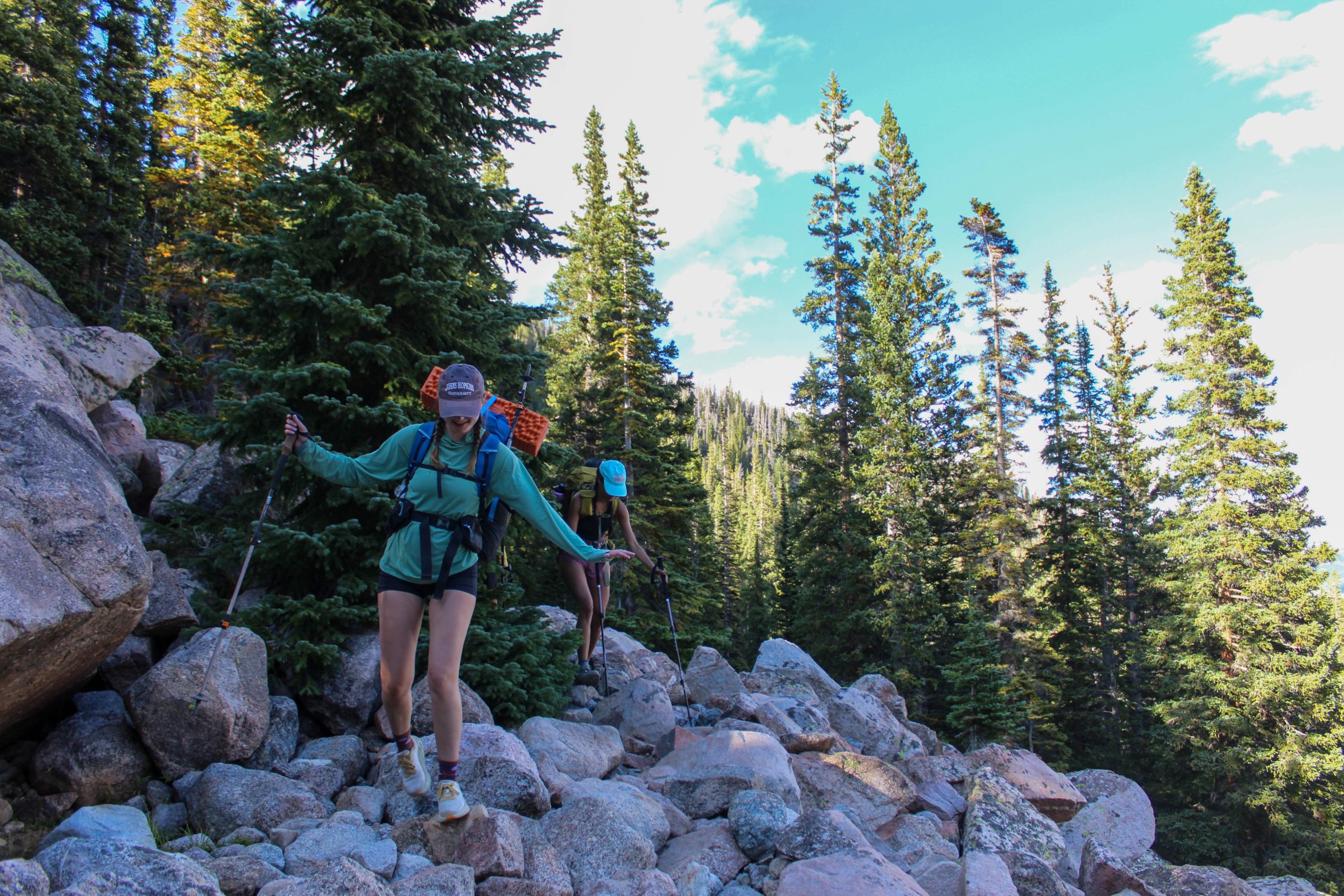
You have to start somewhere. Why not start somewhere passionate? Photo
I think that one of the greatest predictors for someone’s success during a walk is his passion for the path; If you want to walk on the CDT, don’t think you have to start first with the Colorado path. If you feel that you have the knowledge and experience in security necessary to try it, try what you are most passionate about!
Looking back in all these «rules» that I used to deliver, I realize that most of them came from a good place: I just wanted to help people avoid the mistakes I made. But the path does not work that way. What is miserable to a person can be the highlight for another person, and what feels essential in a context is unnecessary in another.
The hiking advice is the best when shared as an experience, does not prescribe. I can tell you what worked for me, but only you can decide what will work for you. At the end of the day, his walk belongs to him: the team, the route, the rhythm, the clothes, everything. My regret for giving bad advice has taught me the same lesson that walking herself continues to teach me: there is not a single correct way to do so.
Outstanding image: Photo through Katie Jackson; Graphic design by Chris rudder.


:max_bytes(150000):strip_icc():focal(753x292:755x294)/nick-reiner-121525-1-de9be243de664780a35167ec34b03a11.jpg?w=238&resize=238,178&ssl=1)
:max_bytes(150000):strip_icc():focal(770x176:772x178)/reba-mcentire-rex-linn-relationship-main-050825-ca77a652e6f749ce85aa762fea3ee669.jpg?w=238&resize=238,178&ssl=1)
